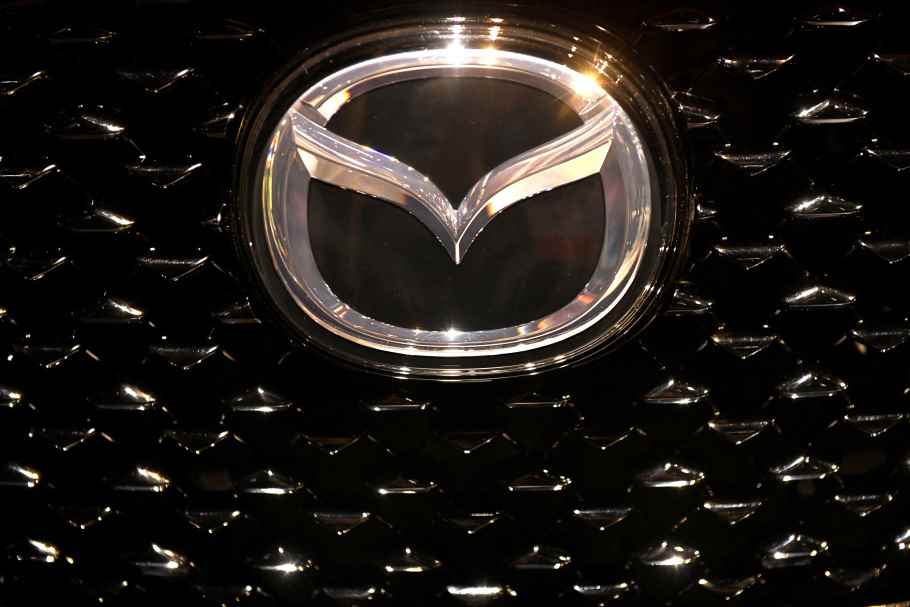Japanese automaker Mazda released the outline of its updated electrification plan last week. Like Toyota, its partner in its electrification strategy, the brand will favor hybrid engines before getting on the all-electric train.
Currently, Mazda markets only one electric model, the MX-30 crossover, which is uncompetitive with its range of barely 161 km and which is only offered in Quebec and British Columbia. This will be supported from 2025 by a new electric SUV on which Mazda is stingy with details. At the same time, the manufacturer ensures that it is developing a new electric platform that will allow it to play on equal terms with competitors from 2025. It is estimated that by 2030 it will be able to offer electric vehicles in all “key segments”.
This electrification project will result in the short term essentially in the arrival of hybrid versions of existing models as well as new products that will integrate these powertrains. Thus, the new CX-70 and CX-90 SUVs will land here with their rear-wheel drive chassis that will allow Mazda to compete with luxury brands. These will also be entitled to plug-in hybrid engines which should be composed of a 2.5 L four-cylinder engine coupled to an electric motor. This combination could produce 323 hp and a range of 62 km, if we rely on the European CX-60 which has this same mechanism.

PHOTO PROVIDED BY MAZDA
The announcement was accompanied by images of an electric coupe that could foreshadow an electric version of the MX-5. Mazda has not disclosed anything in this regard.
As of 2024, Mazda will offer a conventional hybrid variant of the CX-50, which will launch it on the heels of the Hyundai Tucson, Toyota RAV4 and Ford Escape, to name a few. With the refinement of the current model, this new version could well snatch customers from rivals. The year 2025 will then be marked by the arrival of four new hybrid models in the Mazda range.
To justify this step-by-step strategy, which is probably less dynamic than elsewhere, Mazda claims that electric vehicles will make up 15% of sales in Canada by 2025 and that the combustion engine will remain very present. We also cannot rule out the fact that the brand has limited resources. Its investments in this adventure will nevertheless total the equivalent of 14.2 billion US dollars, which will imply the carbon neutrality of all assembly plants by 2030.

